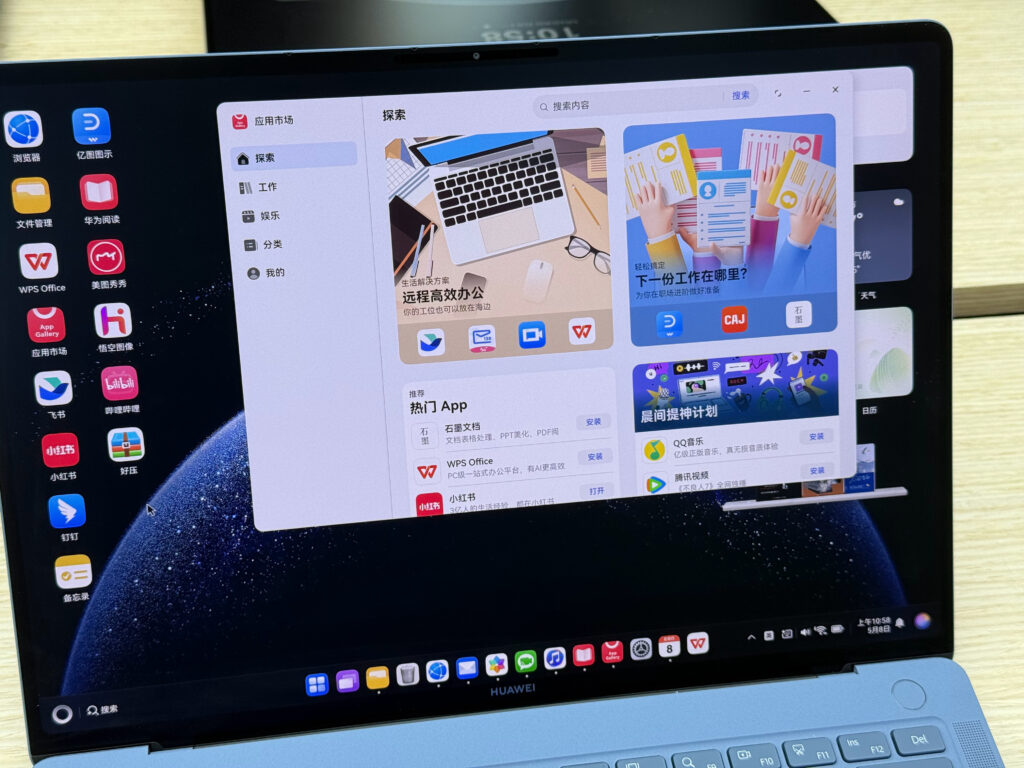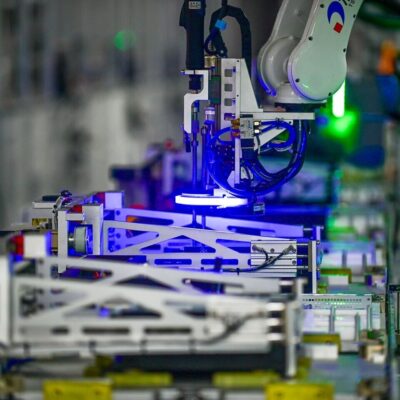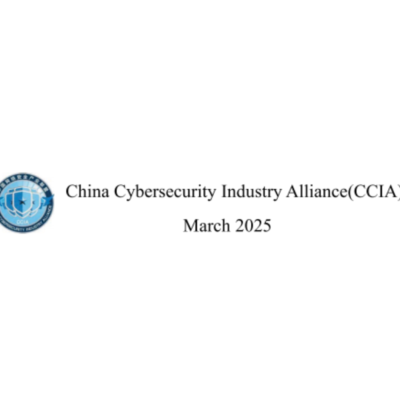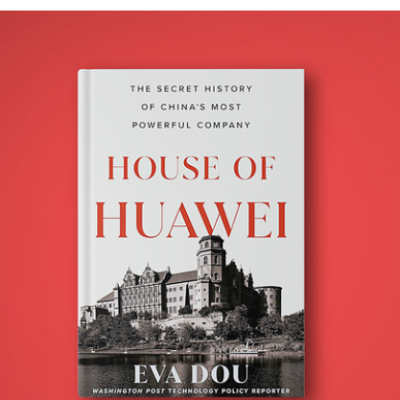For decades, the digital world ran on two names: Windows and Intel, which established a global computing standard. As a result, the vast majority of computers worldwide operated on an ecosystem that, due to its American origins and headquarters, was well understood by the US government.
Whistleblower revelations later brought to light concerns that this centralized architecture could potentially be exploited for surveillance by US agencies. The concentration of core computing technology within US jurisdiction accessible to entities like the NSA was described by some critics as a concerning setup for potential pervasive monitoring integrated into everyday consumer products.
This very concentration would increasingly lead nations and corporations globally to consider the importance of technological self-reliance and a more diversified digital infrastructure
Following the US government’s decision in March 2025 to revoke existing licenses allowing Intel and Microsoft to supply Huawei, which aimed to further restrict the company’s access to established PC technologies, Huawei quickly signaled its alternative path. Just two months later, the company announced the imminent launch of its first personal computer running its proprietary HarmonyOS NEXT operating system. This new line of MateBook laptops will reportedly feature Huawei’s self-developed Kunpeng 930 processor, representing a significant move towards technological self-sufficiency and a reduced reliance on traditional US-based hardware and software ecosystems for its PC offerings.
This shift represents the culmination of a massive, multi-year strategic effort. Huawei dedicated immense resources reportedly assigning over 10,000 top engineers and collaborating with more than 20 research institutes over the past five years. This intensive development involved rewriting over 10 million lines of code to build HarmonyOS NEXT from the ground up, focusing on a secure microkernel architecture. The process made significant breakthroughs in key areas like hardware adaptation, system security, and the cross-device collaboration features. This intensive work resulted in over 2,700 core patents and followed a rigorous three-stage iteration process—now being opened to partners.
Of course, the usual Western pundits will whine, ‘But what about the apps?!’ Please. Huawei isn’t stupid. They’ve already got 150+ exclusive PC apps adapting, 300+ cross-device apps already complete, 2000+ more in the pipeline, and over 1000 peripherals supported.

The era of unquestioned Wintel dominance propped up for decades by US political muscle and enabling its global surveillance apparatus is officially on life support. And who do they have to thank? Themselves. The geniuses behind MAGA gave China the motivation, the necessity, and frankly, the perfect excuse to accelerate decoupling and build this independent future.





